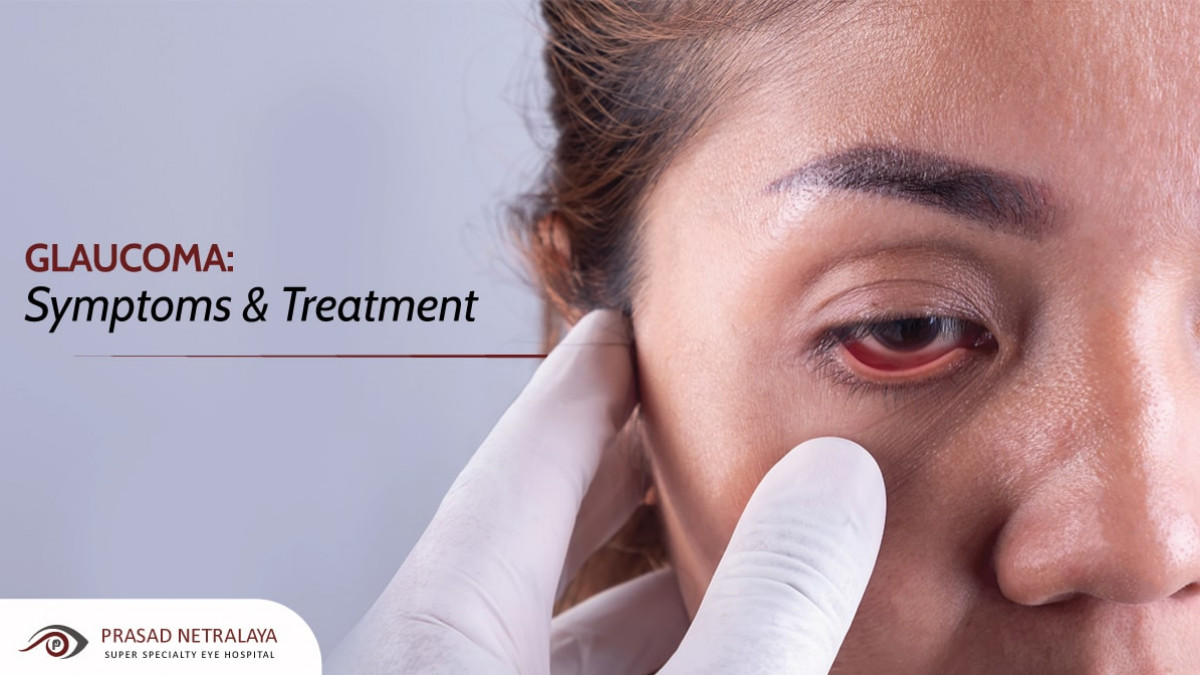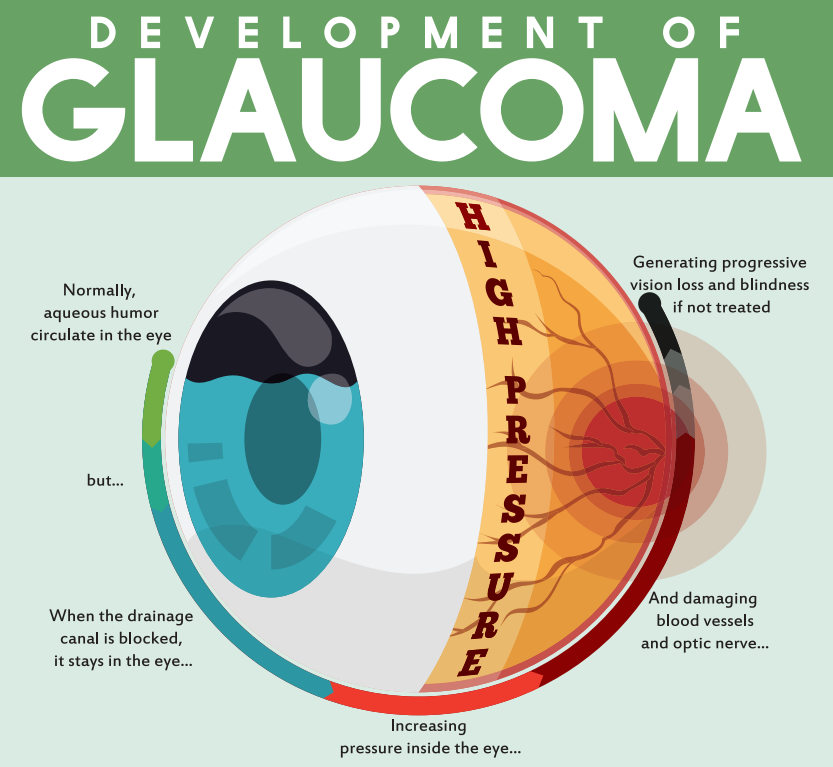Leading Eyecare Near Me: Expert Providers for Optimal Eye Health
Leading Eyecare Near Me: Expert Providers for Optimal Eye Health
Blog Article
Recognizing the Different Vision Modification Procedures Available for Clearer View
In the realm of vision modification treatments, a wide variety of alternatives exist to attend to refractive errors and offer individuals with more clear sight. Let's discover the intricacies of these treatments and shed light on the course to attaining boosted vision clarity.
LASIK Surgery
LASIK surgery is an usual refractive treatment utilized to fix vision troubles such as nearsightedness, astigmatism, and farsightedness. This medical technique, which stands for Laser-Assisted in Situ Keratomileusis, intends to reshape the cornea to boost how light is concentrated on the retina, ultimately boosting vision quality.
One of the primary advantages of LASIK surgical treatment is the rapid improvement in vision experienced by clients. Lots of individuals discover a substantial improvement in their sight quickly after the treatment. Furthermore, the majority of people report minimal discomfort and discomfort during the surgery and recovery duration. The recuperation time for LASIK is reasonably quick, with several individuals returning to their daily tasks within a day or 2 post-operation. In general, LASIK surgery is a prominent choice for people seeking a lasting solution for their vision issues.
PRK Procedure
While also a typical refractive treatment, the PRK (Photorefractive Keratectomy) technique varies from LASIK surgical procedure in its approach to fixing vision problems. In PRK, instead of creating a flap on the cornea, the external layer of the cornea, called the epithelium, is entirely eliminated. This permits the laser to improve the cornea to correct refractive mistakes such as astigmatism, nearsightedness, and farsightedness directly on the surface area.

Despite the longer recuperation time, PRK can produce excellent results in vision enhancement, making it an important option for those that may not appropriate prospects for LASIK surgical procedure.
Implantable Lenses
As opposed to PRK where the cornea is improved directly, implantable lenses use one more approach for remedying vision by inserting fabricated lenses inside the eye. This procedure is specifically beneficial for individuals with high levels of nearsightedness, astigmatism, or farsightedness who might not appropriate candidates for laser surgeries like LASIK or PRK.
Implantable lenses, additionally referred to as phakic intraocular lenses, work by supplementing the eye's natural lens with a synthetic one. glaucoma service near me. These lenses can be put in front of the natural lens (anterior chamber) or behind the iris and in front of the all-natural lens (posterior chamber) By readjusting the power and positioning of these lenses, ophthalmologists can efficiently fix refractive mistakes and improve visual acuity
One advantage of implantable lenses is that they are exchangeable and detachable, giving versatility for future adjustments. As with any kind of surgical treatment, there are dangers involved, such as infection or cataract development. Clients thinking about implantable lenses should consult with an eye treatment expert to figure out one of the most suitable alternative based on their specific requirements and eye health and wellness.
Corneal Rings
Corneal rings, likewise known as intracorneal ring sections, are tiny, clear devices placed right into the cornea to remedy vision distortions such as keratoconus. Keratoconus is a problem where the cornea thins and protrudes exterior, creating vision to come to be altered. The insertion of corneal rings aids to flatten the cornea, improving aesthetic acuity and reducing the uneven astigmatism caused by keratoconus.
The treatment for putting corneal rings is fairly quick and minimally intrusive, usually carried out as an outpatient procedure. During the surgery, the ophthalmologist makes a small incision in the cornea and inserts the rings at a specific deepness. Once in location, the rings aid to reshape the cornea, offering a smoother surface for light to get in the eye, which can lead to more clear vision.
Corneal rings are considered a relatively easy to fix treatment, as they can be removed or changed if essential. glaucoma service near me. While they may not completely eliminate the demand for glasses or contact lenses, corneal rings can substantially enhance vision top quality and overall visual convenience for people with keratoconus or various other corneal irregularities
Refractive Lens Exchange
Following the modification of corneal irregularities with treatments like corneal rings, another vision adjustment technique that can deal with refractive errors is Refractive Lens Exchange (RLE) RLE is a procedure that includes replacing the eye's natural lens with an artificial intraocular lens (IOL) to remedy refractive mistakes such as presbyopia, nearsightedness, and farsightedness. This treatment is specifically helpful for individuals who might not be appropriate candidates for procedures like LASIK or PRK due to aspects such as thin corneas or high refractive errors.

Final Thought
Finally, there are different vision correction treatments readily available to assist people accomplish clearer view. LASIK surgical procedure, PRK treatment, implantable lenses, corneal rings, and refractive lens exchange are all options that can address different vision concerns. It is very important for people to speak with their eye treatment supplier to determine one of the most appropriate procedure based upon their specific needs and preferences. With innovations in innovation, attaining boosted vision is currently much more obtainable than ever before.
In the world of vision modification treatments, a wide variety of choices exist to deal with refractive errors and offer people with clearer view.LASIK surgical treatment is a common refractive treatment used to remedy vision issues such as farsightedness, nearsightedness, and astigmatism.While likewise a typical refractive treatment, the PRK (Photorefractive Keratectomy) method differs from LASIK surgery in its approach to correcting vision issues.Adhering to the improvement of corneal abnormalities with treatments like corneal rings, an additional vision correction strategy that can attend to refractive mistakes is Refractive Lens Exchange (RLE) LASIK surgical treatment, PRK treatment, implantable lenses, corneal rings, and refractive lens exchange are all options that can attend to various vision issues.
Report this page